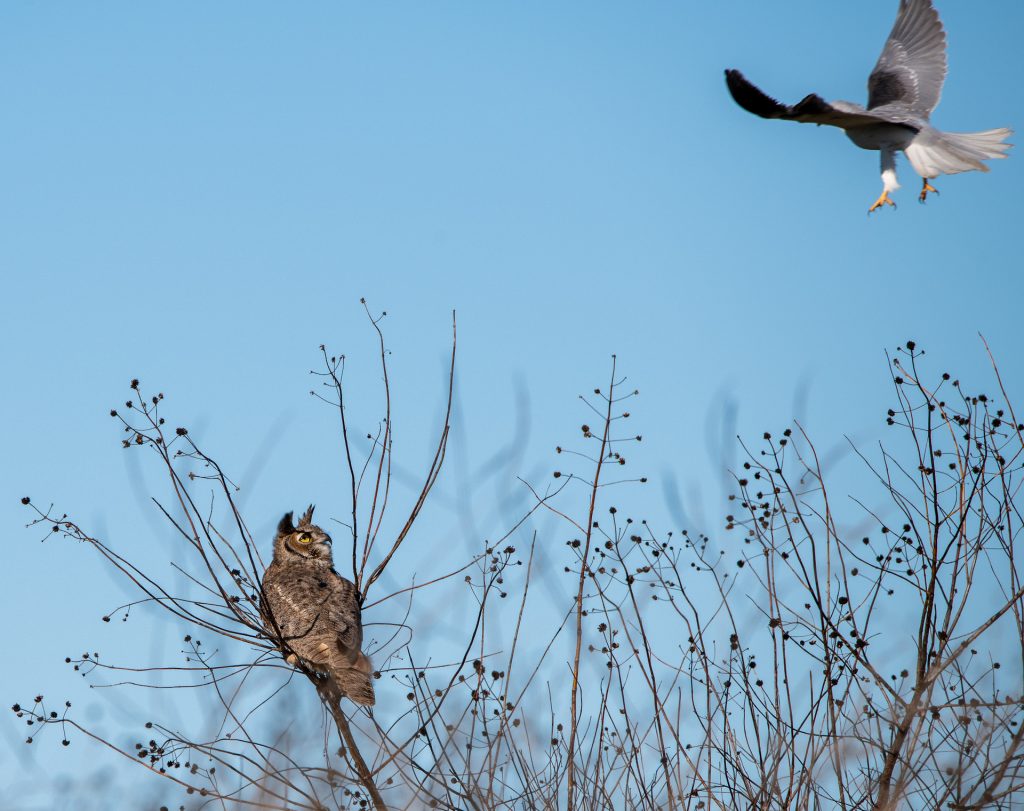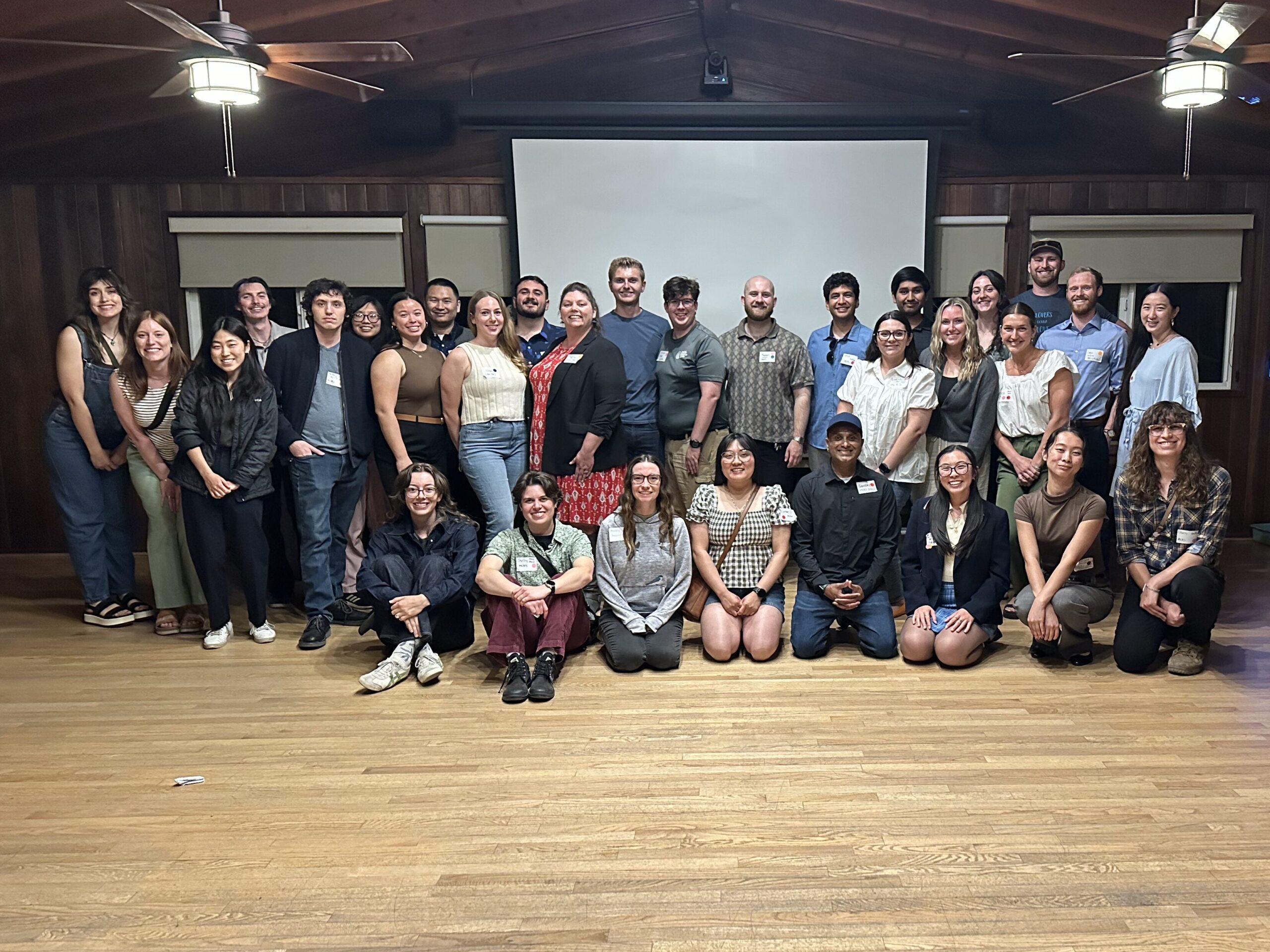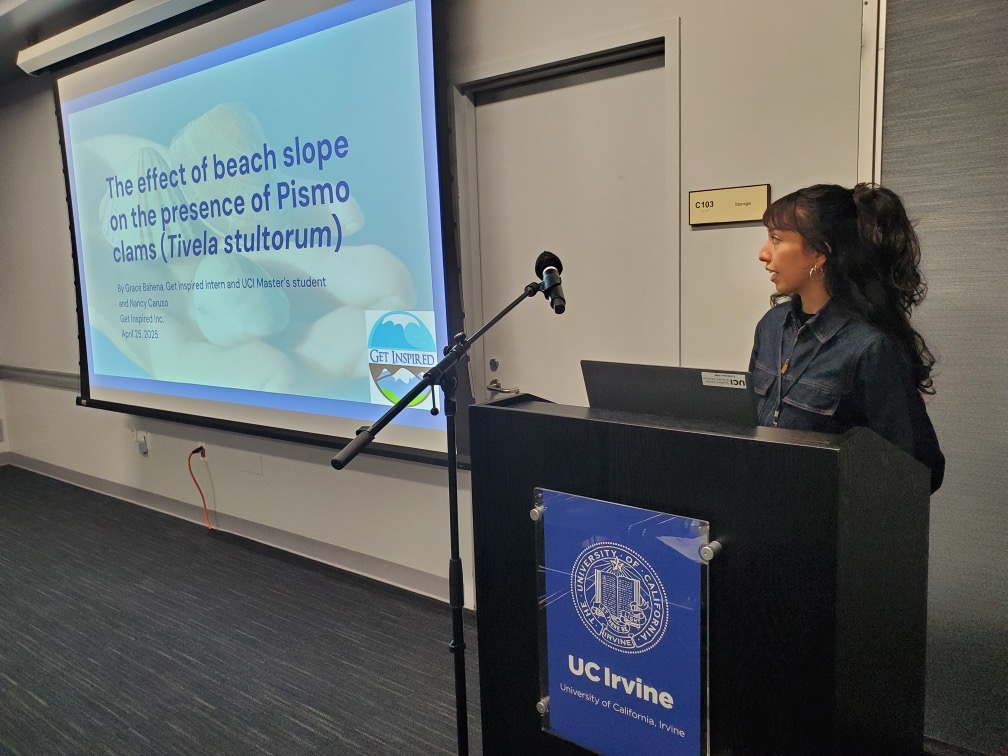Student Blog: Omar Moquit
Omar Moquit is a second year MCRS student. His main goals are to develop applicable skills and gain essential knowledge that will allow him to become a significant member in the field of conservation and ecosystem management.
Student, Researcher, and Wildlife Photographer
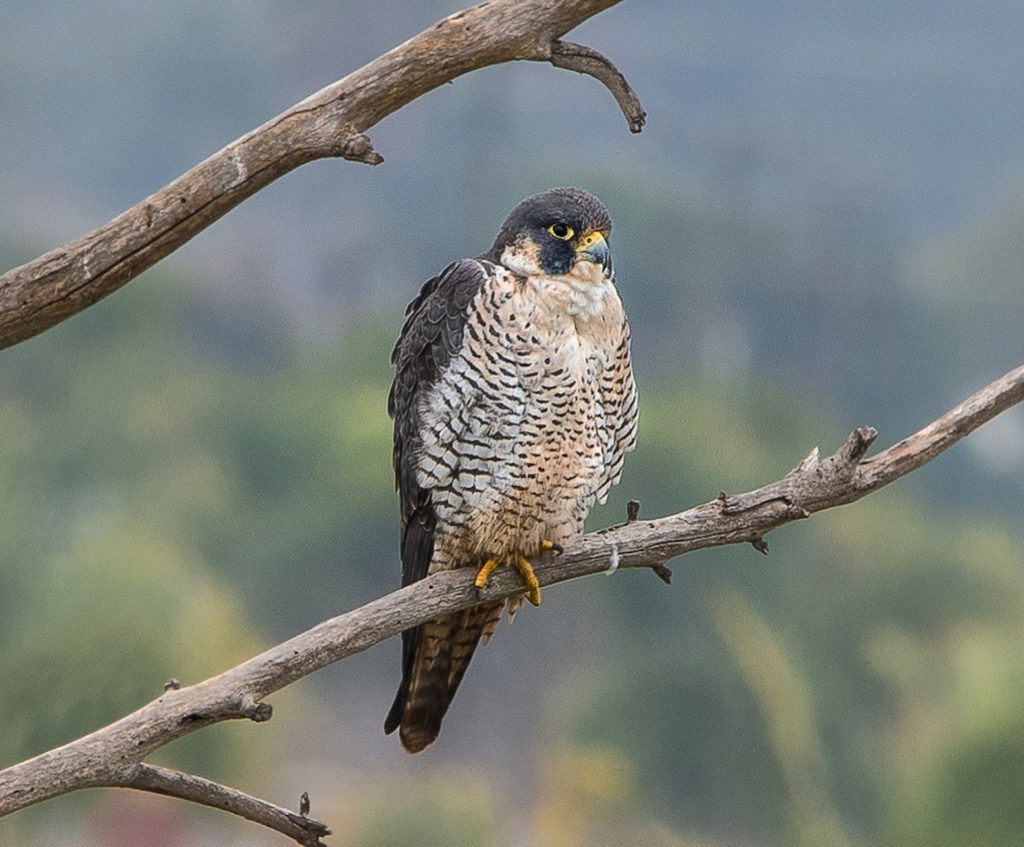
I moved to California from Illinois in September 2018 to pursue a master’s degree in Conservation and Restoration Science at the University of California, Irvine. My research interests were focused on wildlife conservation and management, and joining this program allowed me to pursue these interests further in the academic arena. I was entering the role of a graduate student in a geographic region where much of the wildlife was relatively unfamiliar. I learned the local wildlife through hiking and photography, two of my hobbies.
By the time I arrived in southern California in early September, I had considered myself an amateur wildlife/nature photographer. Photography was a hobby I picked up after a trip to Yellowstone National Park in May 2018. The highlights of that trip were of the hikes, scenery, and of course, the park’s charismatic wildlife. On this trip, I encountered a sow grizzly and her two cubs, a plethora of elk and bison, moose, fox, coyote, and a countless number of birds. The only camera I had on this trip was the camera on my phone, and it had limited telephoto capability. I envied the park-goers who carried an arsenal of camera gear. Many of them shared their close-up high-quality wildlife shots with me. Two weeks after this trip, I bought my first camera, and within four months, photography became an obsession.
On September 23rd, 2018 at 0727, I took my first photo with my DSLR camera, in California. This picture was taken with a 400mm telephoto lens from the 3rd-floor balcony of a graduate residence building looking out into a small nature reserve. The subject was a White-tailed Kite (Elanus leucurus) perched on a snag. When I took this picture, I was not familiar with this species, so I immediately googled “birds of Orange County” to do some research. The white-tailed kite was the first of many birds I photographed and intensively studied in southern California. I went on regular binges photographing and reading up on the birds that occur year-round and as migrants in the region, mainly focusing on raptors/birds of prey.
I was finding southern California boasted a number of species and was a prime area for raptor photography. General wildlife biology always had my interest, but suddenly I was spending more time focusing on predatory birds (this could be attributed to my childhood fascination with dinosaurs).

During a wildlife ecology course, through my professor, I met Peter H. Bloom, a renowned raptor biologist. We met for lunch a few weeks later, and I spoke with Pete about my interests. During our lunch, we discussed the conservation concerns and needs surrounding birds of prey in southern California. My interest was, of course, piqued, and I was eager to become involved with the work Pete was conducting. Shortly after our talk, I began assisting Pete in the field. I gained a lot of experience working with various birds of prey. Some of the work I did included surveying for trapping and banding numerous species of raptors throughout southern California. Perhaps most importantly, I was learning how each species and raptors collectively, were being affected by a laundry list of threats. It was then that I decided that I wanted to focus my research on raptor conservation. However, I found it challenging to narrow my focus even further to keep my study within a realistic scope for the program.
I needed to start thinking about the specific species on which I wanted to focus my master’s capstone project. I thought about everything I had absorbed working with Pete Bloom and about which species was facing an issue I could begin to address during the remainder of the program. My initial thought was that Golden Eagles were the obvious choice as I had a particular affinity for this iconic raptor. Golden eagles are majestic and fierce predators, raptors that command respect. This species is also notably declining in southern California. However, after consulting with Pete, I realized that golden eagles are reclusive birds, so it would be difficult to collect data on them, which meant that my sample size would be rather small. Pete mentioned a few other species to consider; Ferruginous Hawk, Short-eared Owl, White-tailed kite, Red-Shouldered Hawk, Long-eared Owl.
White-tailed Kite. I immediately recalled the first bird I photographed in California. At that moment, I also remembered a couple of Sea & Sage Audubon Society articles regarding White-tailed kites in southern California. They were interested in conducting research on nesting White-tailed Kites in Orange County and the trouble kites were having in the region. I did a quick search to confirm, and the name of the first author jumped out at me. Pete Bloom. I mentioned this to Pete during a phone call, and I asked about this history with kites in the area. Pete explained that he had been collecting data as far back as the 70s regarding nesting White-tailed Kites. His main point was that White-tailed kites are now observably not as common as
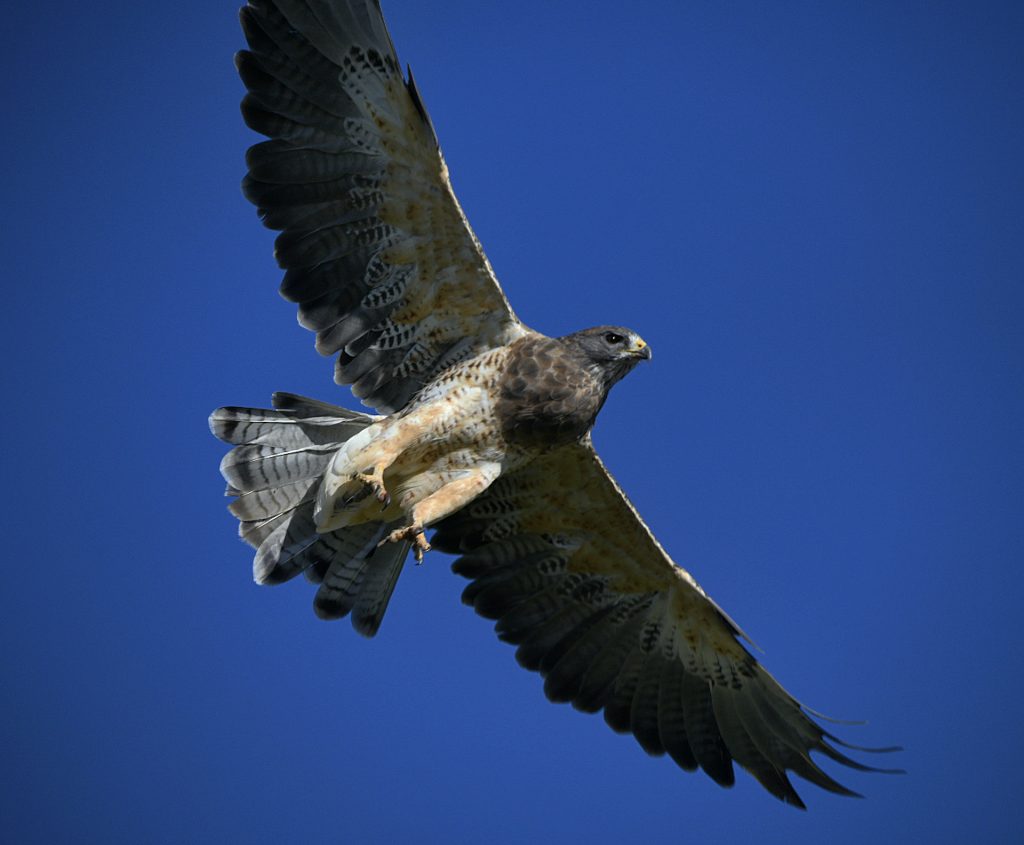
when he had started his long career in raptor research. The specific example he brought up was that in the 1970s, up to 200 individuals could be seen roosting at a time in the San Joaquin Marsh, which is adjacent to UCI. I have lived next to this marsh for the entire time I have lived in California. The maximum number of kites I have seen at this location were six individuals. Occasionally, I have seen four individuals, and, in the summer of 2019, I was lucky enough to see three fledglings. However, more recently, I have consistently only seen a pair, which I observe every day on my way to the UC Irvine campus. I again recalled the subject of the first photo I took when I arrived in southern California when I had been oblivious to the significant decline in observations of individuals for the species. I came to the simple conclusion that this species deserved attention and that it would be the focus of my capstone project.
I decided that my study would involve re-visiting all the historically recorded White-tailed kite territories in Orange County and surveying for the presence of kites, especially breeding pairs. It would also be the beginning of an investigation into the issues concerning kites in southwestern California. Summer and Fall came and passed. During this time, I spent hours reviewing literature and historical data to prepare me for the upcoming breeding season (late winter/early spring). I spent my time between working, hiking, and photographing wildlife until finally, in January 2020, I was set to begin fieldwork. The task was to complete the first few surveys of many over the remainder of the program. I had a lot of work to do, but my project is now in full swing.
At this time, I no longer consider myself a novice photographer, as I have developed quite a photo bank. My skills of spotting inconspicuous perched raptors and identifying species at large distances have greatly improved. I also have a master’s capstone project under the category of raptor conservation. I am now a student, researcher, and wildlife photographer.
